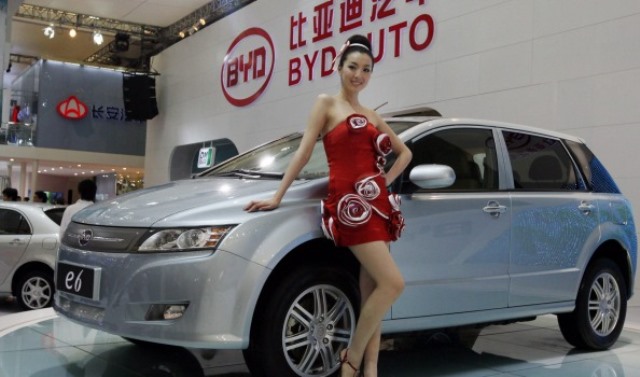The latest Reuters news report has indicated the strategies of BYD to sell more than 4 million electric vehicles in 2024 and 5-6 million cars in 2025.
BYD’s electric vehicle (EV) strategy stands out in several key areas compared to its rivals, driven by its aggressive expansion, innovative product offerings, and operational efficiency. Here’s an analysis of its strategy versus its competitors:
Vertical Integration Advantage
BYD’s Strategy: BYD controls its entire supply chain, producing batteries, semiconductors, and other key components in-house. This allows it to reduce costs, improve margins, and maintain price competitiveness, particularly in China’s price-sensitive market.
Rivals: Tesla also benefits from significant vertical integration but relies on external suppliers for certain components like batteries from Panasonic and CATL. Other competitors, such as Ford and Honda, depend heavily on partnerships or external suppliers, making them more vulnerable to supply chain disruptions.
Diverse Product Portfolio
BYD’s Strategy: BYD offers a wide range of models, including pure EVs and plug-in hybrids (PHEVs), catering to various price points and consumer needs. Its popular plug-in hybrid technology has been pivotal in attracting customers who want a transition vehicle before fully adopting EVs.
Rivals: Tesla focuses exclusively on pure EVs, maintaining a premium brand image but limiting its reach in the budget and hybrid segments. Traditional automakers like Volkswagen and GM have struggled to achieve similar traction in hybrids and EVs, partly due to less competitive pricing and fewer models.
Aggressive Expansion
BYD’s Strategy: BYD has rapidly scaled production, added significant capacity, and hired hundreds of thousands of employees in 2024 to meet soaring demand. It has aggressively entered international markets while maintaining a stronghold in China.
Rivals: Tesla continues to expand globally but has faced challenges in China due to BYD’s dominance. Volkswagen and GM are losing market share in China as they fail to compete effectively on price and adapt quickly to local preferences.
Cost Leadership and Pricing Strategy
BYD’s Strategy: BYD’s ability to produce at scale and drive down costs has enabled it to engage in a price war in China, undercutting rivals and increasing market share. It has also sought price cuts from suppliers to further enhance competitiveness.
Rivals: Foreign automakers like GM and Honda have struggled to match BYD’s pricing power, leading to reduced sales and significant losses in China. Tesla has implemented price cuts globally, but this has pressured its margins.
Government Subsidies and Market Alignment
BYD’s Strategy: BYD has leveraged China’s government subsidies and incentives, including trade-ins for EVs, to boost sales. Its focus on PHEVs aligns well with policies promoting the adoption of new energy vehicles.
Rivals: Many foreign automakers have failed to capitalize on local incentives as effectively as BYD. Tesla benefits from subsidies but lacks hybrid models that appeal to a broader demographic in transitional markets.
Technology Leadership
BYD’s Strategy: BYD invests heavily in R&D, particularly in battery technology, where it has introduced innovations like the Blade Battery for improved safety and efficiency. Its dual focus on EV and PHEV technology sets it apart.
Rivals: Tesla leads in software and autonomous driving but faces increasing competition from BYD’s innovations. Legacy automakers are often slower to adopt cutting-edge EV technology due to legacy infrastructure and business models.
Outlook
BYD’s ability to scale production, reduce costs, and cater to diverse customer needs has given it a significant edge in China and beyond. If it sustains this momentum, BYD could rival global leaders like Tesla not only in sales but also in profitability and technological leadership. Meanwhile, legacy automakers must accelerate their EV transitions and refine their strategies to compete effectively with both BYD and Tesla in a rapidly evolving global market.

